Healthy Gums For Constructing Of Dental Crowns And Bridges
What is Meant By Healthy gums?
When we pull back our lips and look in our mouths, we see our teeth and a lining of gums that covers where the roots of the teeth meet the jaw bone. Healthy gums are pink near the teeth, not white or red as shown in Figure 1 and Figure 2.Their actual color varies according to an individuals’ complexion. They often have a stippled (orange peel texture) appearance and are firm and resistant to movement. They are tight to the teeth, with a scalloped appearance around each tooth. The gum thins out almost to a knife edge, and there is a barely perceptible ‘turtle neck” collar of gum tissue and a slight indentation (called the gingival sulcus), where the gum meets a tooth. Healthy gums completely fill the spaces between the teeth. They aren’t swollen with shiny and puffed out epithelium between the teeth (as in gingivitis), and the spaces aren’t absent and empty (as in periodontal disease). The gums also don’t bleed when you brush your teeth, eat crisp apples and crusty bread, or when a dental hygienist cleans your teeth.
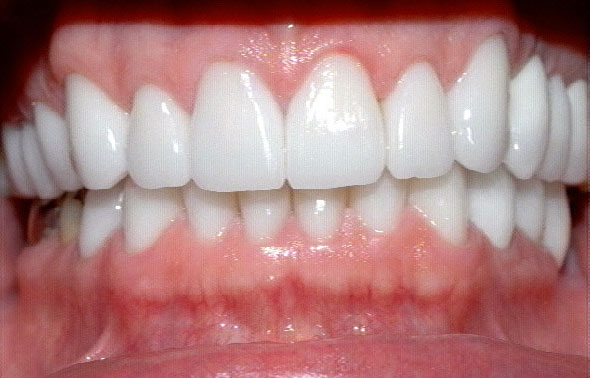
Figure 1: An Example of Healthy Gum Tissue
Source : www.dentalquestions.com
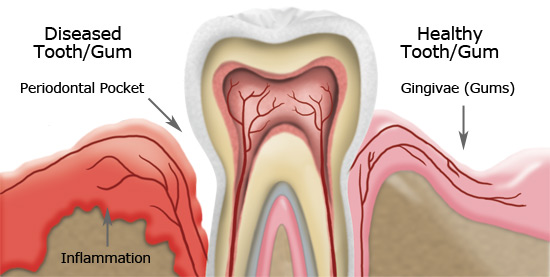
Figure 2:Example of Healthy Gums and Diseased Gums
Source : http://lasergumspecialist.com
What are Dental Crowns and Bridges?
Bridges and crowns are fixed prosthetic devices that are cemented onto existing teeth or implants by a dentist or prosthodontist. Crowns are used most commonly to entirely cover or “cap” a damaged tooth or cover an implant. Bridges are commonly used to cover a space if you’re missing one or more teeth. They are cemented to natural teeth or implants surrounding the space where the tooth once stood. Figure 3 below shows the image of crown and bridges.
Benefits of Bridges & Crowns
In addition to strengthening a damaged tooth, bridges and crowns can be used to improve a tooth’s appearance, shape, alignment and dental occlusion (bite). Gaps left by missing teeth can cause the remaining teeth to shift, which can result in a bad bite. Bridges and crowns help prevent this from happening.
Figure 3: http://dentisttripod.com
|
Crowns
|
|
 |
 |
|
Full porcelain fused to metal
|
Full cast gold crown
|
|
Bridges
|
|
 |
 |
|
Teeth around the space are prepared
|
The bridge is mounted and adjusted for fit and comfort
|
 |
|
|
The bridge is cemented into position
|
|
Why healthy gums are important to build dental crown & bridges?
Healthy gums prevents tooth decay (caries)
When holes form in parts of the enamel of a tooth, it is known as caries. A main cause of caries is due to a build-up of plaque associated with gum disease. The germs (bacteria) in the plaque react with sugars and starches in food to form acids. The acids are kept next to the teeth by the sticky plaque and dissolve the tooth enamel hence building crowns and bridges becomes difficult and may cause failure of existing crown and bridges.
Figure 4 : Gum disease (periodontal disease)
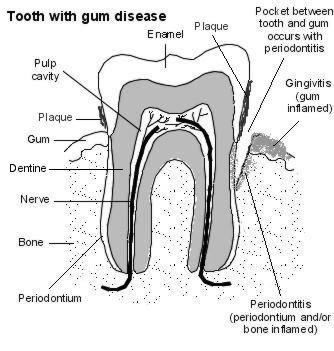
Diseased Tooth Gum
Source : http://patient.info/health/dental-plaque-and-gum-disease
Healthy gums prevents gum disease( Gingivitis and Periodontitis)
Gum disease means infection or inflammation of the tissues that surround the teeth. The Figure 4 above shows the image of tooth gum with disease. Healthy gum is essential for construction of successful crown and bridges.
Depending on the severity, gum disease is generally divided into two types – gingivitis and periodontitis:
- Gingivitis means inflammation of the gums. There are various types. However, most cases of gingivitis are caused by plaque.
- Periodontitis occurs if gingivitis becomes worse and progresses to involve the tissue that joins the teeth to the gums (the periodontal membrane).
Most cases of gum disease are plaque-related. Plaque contains many different types of bacteria and a build-up of some types of bacteria is associated with developing gum disease and will lead to failure of crown and bridges.
Gum disease is also the most common cause of tooth loss in adults. Gums disease causes mobility of teeth and the mobile teeth or loose teeth needs to undergo extraction. It causes failure of crown and bridges when there is tooth loss after fabrication and crown and bridges since there wont be any support for the crown and bridge after loosing the abutment teeth.
Patients with existing gum disease such as gingivitis and acute periodontitis still can get crowns and bridges done with the condition of getting dental treatment such as scaling and root planning prior to making crown and bridges. Patients also need to maintain a good oral health after getting their crown and bridge done as told later in this article under the heading “Top Oral Care Tips for BRIDGES & CROWNS.
Negligence of gum health after construction of dental crown and bridges will cause loosening of the crown and bridges or may also cause infection.
Healthy gums prevent gum recession
Gum recession causes the exposed tooth root which may become hypersensitive to high or low temperatures and this may cause failure of crown and bridges. Depending on the severity, subsequent loss of bone and gum and automatically results in failure of the crown and bridges due to loss of support. This also will lead to lengthy and costly treatment.
Successful crown and bridges may last up to 12-15 years if good oral hygiene and gum health maintained.
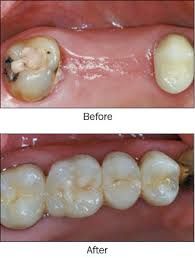
Figure 5: Before and after placement of bridge
Source : http://www.healthbase.com
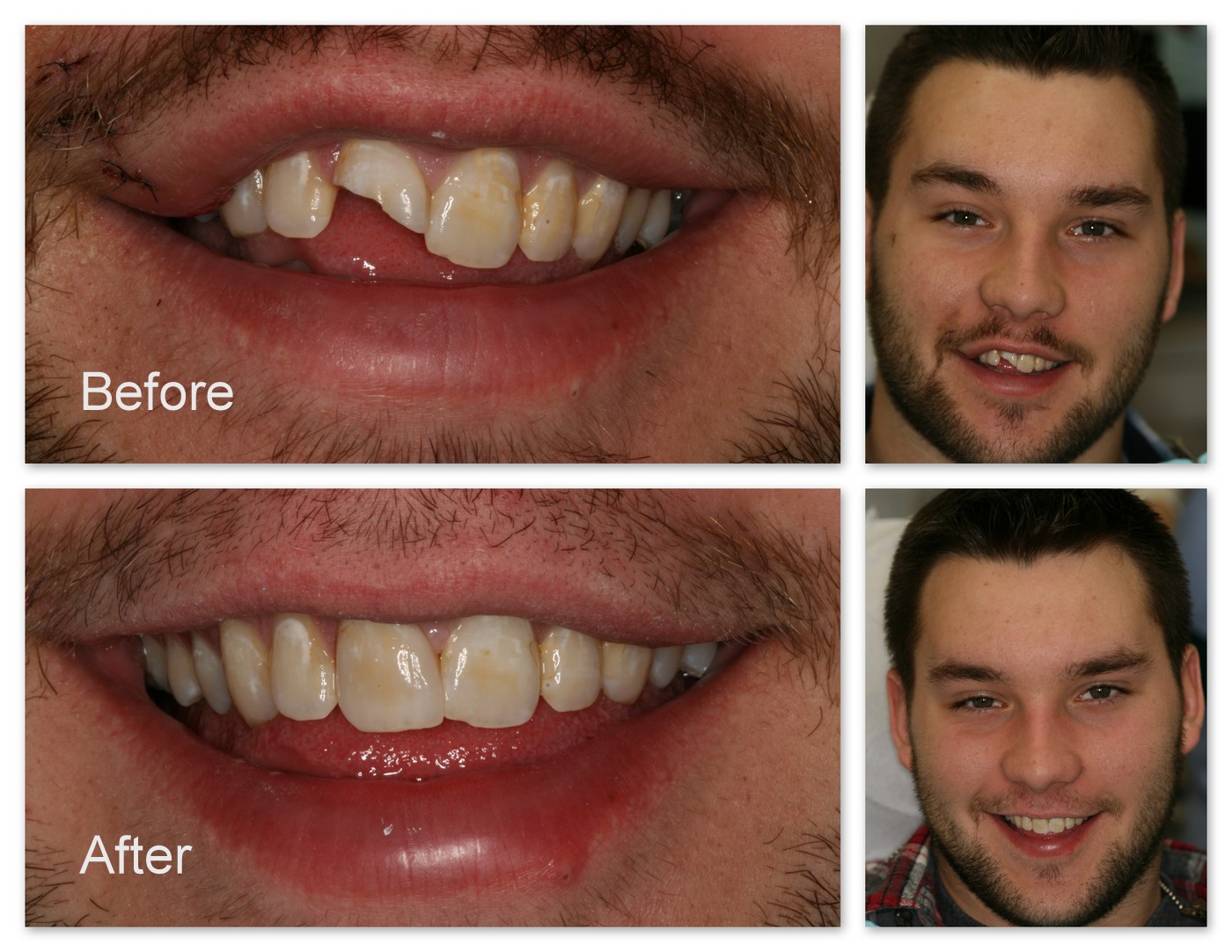
Figure 6 : Before and after placement of crown
http://www.healthbase.com
Top Oral Care Tips for BRIDGES & CROWNS
While crowns and bridges can last a lifetime, they do sometimes come loose or fall out. The most important step you can take to ensure the longevity of your crown is to practice good oral hygiene.
- Keep your gums and teeth healthy by brushing with fluoride toothpaste twice a day. Brush your teeth in the morning, at night, and after meals to help reduce plaque buildup.
- See your dentist or hygienist regularly for checkups and professional cleanings.
- To prevent damage to your new crown or bridge, avoid chewing hard foods, ice or other hard objects
- Eat a well balanced meal that contains plenty of vitamin C and calcium
- Drink plenty of water
- Say no to tobacco use of any kind
- Be cautious when consuming hot or cold food and drinks
- Relax, stress can raise your hormone levels and increase inflammation throughout the body
- Make sure to floss around your teeth, dental implants, crowns, and bridges every day.
- Use an antibacterial mouthwash to help get rid of plaque bacteria around restorative work.
Conclusion
Healthy gums aren’t just important for your oral health and for successful dental crown and bridges formation. Figure 5 and Figure 6 shows the image of successfully completed crown and bridges. Maintaining healthy gums can also be important for your overall health. Numerous research studies suggest an association between periodontitis, advanced gum disease, and other, more serious chronic health conditions such as diabetes and heart disease. In fact, there are now several studies that suggest an association between advanced gum disease and heart disease or stroke.
Most of the recommendations for maintaining healthy gums are the same recommendations dentists offer for keeping your teeth and mouth in good health. That’s why by simply brushing, flossing and maintaining an effective oral hygiene routine, you can enjoy the following benefits:
- Avoid Pain and Discomfort: Maintaining healthy gums and teeth can help prevent the formation of plaque that can lead to painful tooth decay and cavities.
- Save Money: Dental procedures such as cavity fillings, root canals and other comprehensive dental work that comes with gum disease can get very expensive. By focusing on prevention and keeping healthy gums, you can save your money.
- Save Time: Dental procedures and appointments can take time away from your busy schedule. On the other hand, it only takes a few minutes a day to take care of your teeth and gums.
- Stay Healthy: Since advanced gum disease has been suggested to be connected with serious medical conditions, it’s a good idea to focus on oral health and prevention in order to help maintain your long-term overall health.
- Nice Smile: Last but not least, following all of the recommendations for maintaining healthy gums will also help keep your teeth intact and your smile in good shape.
References
- http://www.colgate.com/en/us/oc/oral-health/cosmetic-dentistry/bridges-and-crowns/article/what-are-dental-crowns-and-tooth-bridges
- http://www.dentalcare.com/en-US/dental-education/patient-education/crowns-english.aspx
- www.wisedental.ca
- http://www.mouthhealthy.org/en/az-topics/b/brushing-your-teeth
- http://www.webmd.com/oral-health/gum-problem-basics-sore-swollen-and-bleeding-gums
- http://www.sciencedaily.com/releases/2008/09/080908203017.htm
| Last Reviewed | : | 20 June 2016 |
| Writer / Translator | : | Dr. Shanti Sri a/p Subramaniam |
| Accreditor | : | Dr. Khamiza bt. Zainol Abidin |







